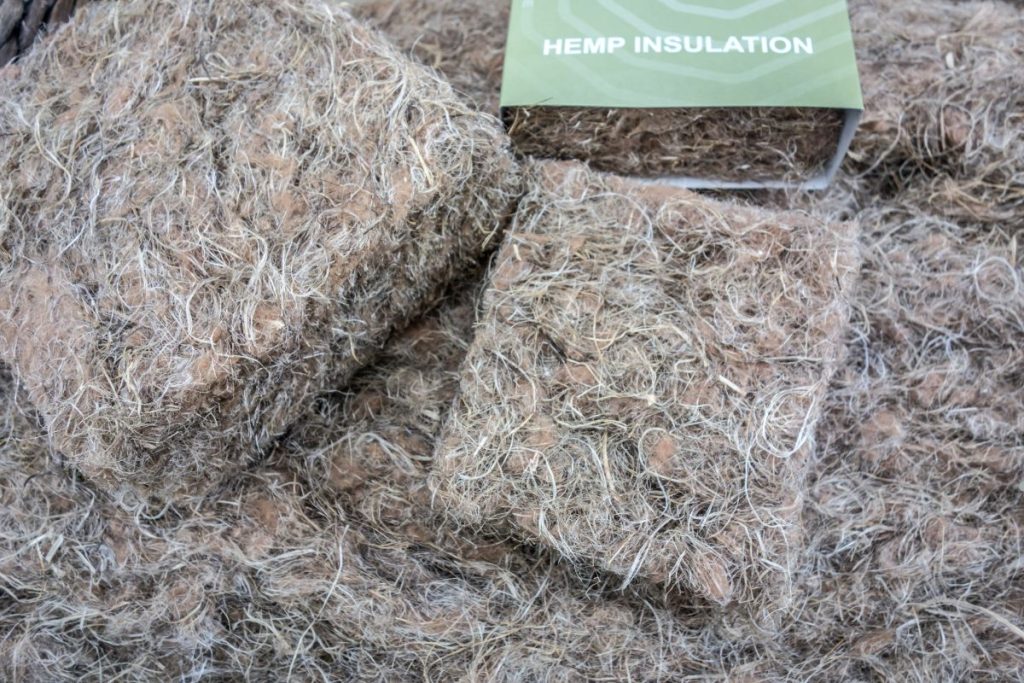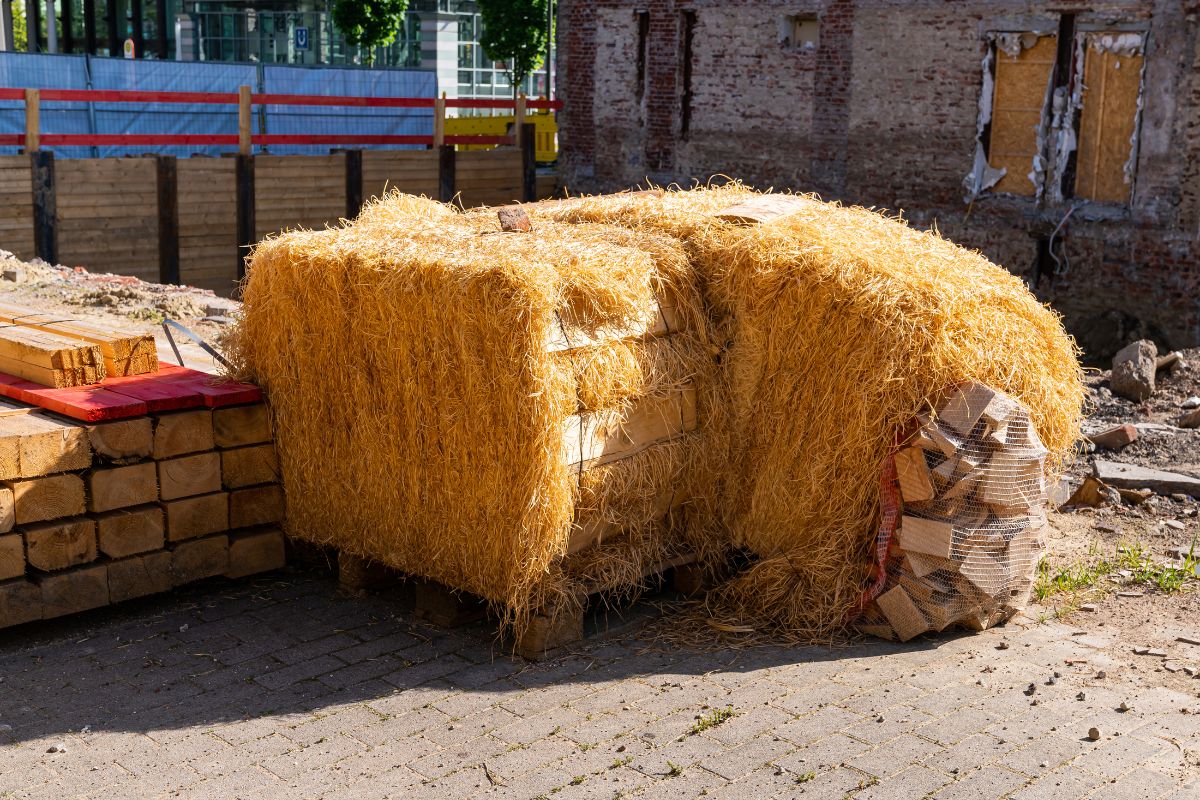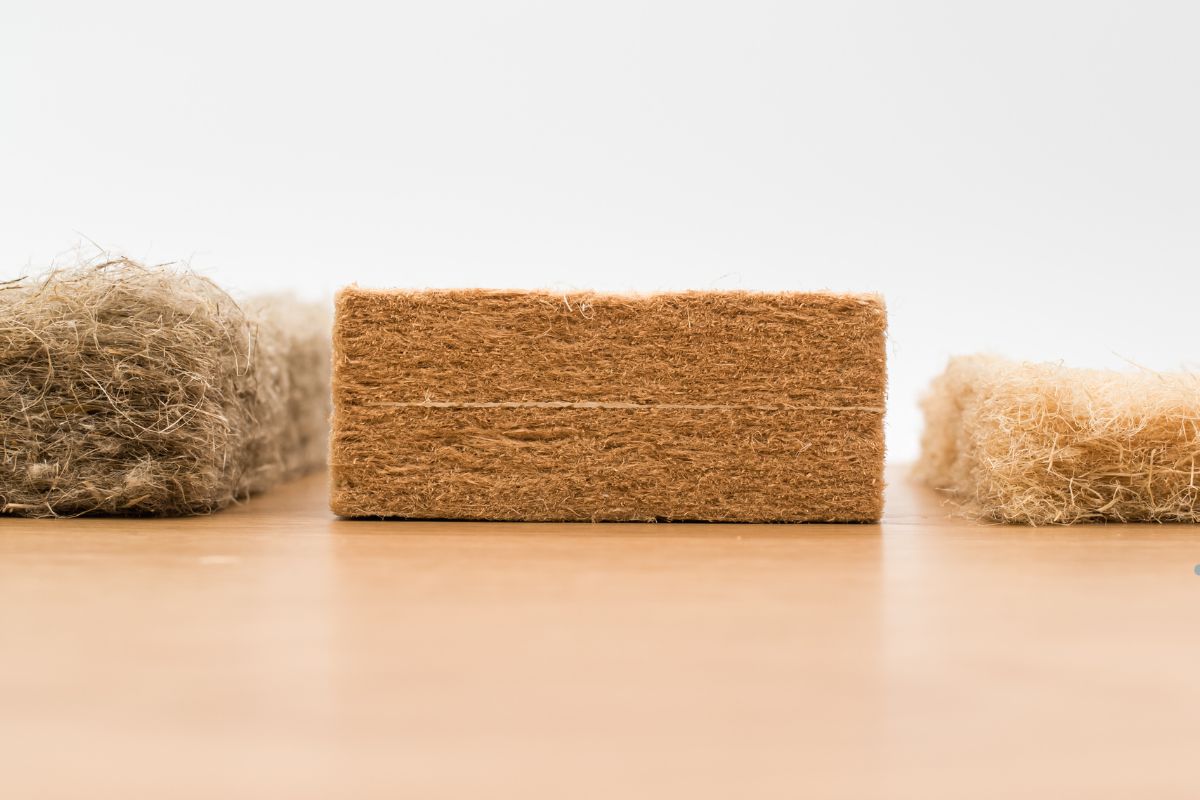
When it comes to effective thermal insulation for your home, cellulose is generally considered the best overall fiber insulator. It offers a high R-value per inch, is made from recycled materials, and often treated with fire retardants. However, the “best” choice also depends on your specific needs, budget, and location. This comprehensive guide explores various fiber insulation options to help you make an informed decision for your US home.
Understanding Insulation and Its Importance
Insulation is essential for maintaining a comfortable and energy-efficient home in the United States. Whether you’re battling sweltering summer heat or freezing winter temperatures, proper insulation prevents heat transfer, keeping your home cooler in the summer and warmer in the winter. This leads to significant energy savings by reducing the load on your HVAC system, which, in turn, lowers your utility bills. Beyond energy savings, good insulation also improves the overall comfort of your living space, minimizing drafts and temperature fluctuations.
Key Concepts of Thermal Insulation
Before diving into specific fiber types, it’s crucial to understand the core principles of thermal insulation. The most important concept is R-value, which measures a material’s resistance to heat flow. The higher the R-value, the better the insulation. Keep this in mind as you explore the various insulation options below. The R-value needed varies based on your region’s climate. Look to this reliable resource to determine yours.
Explore our services to find the best insulation solutions for your home. From installation to upgrades, we’ve got you covered!
R-Value Explained
R-value quantifies a material’s ability to resist heat transfer. It represents the thermal resistance of a material per unit area. Different regions and areas of your home require different R-values to maximize energy efficiency. Higher R-values are generally recommended for colder climates and attics, while moderate R-values may be sufficient for walls in milder regions.
Types of Heat Transfer
Understanding heat transfer is crucial for choosing the right insulation. There are three primary types:
- Conduction: Heat transfer through direct contact. Insulation minimizes conduction by creating air pockets that impede heat flow.
- Convection: Heat transfer through the movement of fluids (air or liquid). Insulation reduces convection by limiting air circulation within wall cavities.
- Radiation: Heat transfer through electromagnetic waves. Some insulation materials are designed to reflect radiant heat.
Enhance your home’s comfort and energy efficiency with our expert insulation installation services in Honolulu. Don’t let high energy bills and temperature fluctuations affect your living space. Call us today for a free consultation!
Common Fiber Insulation Materials

Fiberglass Insulation
Fiberglass insulation is one of the most widely used types of insulation in the US. It’s made from molten glass spun into fine fibers. It comes in two main forms: fiberglass batts and rolls, and loose-fill fiberglass.
- Fiberglass Batts & Rolls: These pre-cut sections fit snugly between wall studs and joists. They are relatively easy to install for DIYers but may not completely fill gaps and cracks.
- Loose-Fill Fiberglass: This is blown into attics and walls, providing a more complete fill. It requires specialized equipment for installation.
Fiberglass is affordable, readily available, and resistant to moisture and pests. However, it can irritate the skin and lungs during installation, requiring proper protective gear.
Cellulose Insulation
Cellulose insulation is an environmentally friendly option made from recycled paper products, such as newspapers. It’s treated with borates to resist fire and pests. Cellulose is typically installed as blown-in insulation, providing excellent coverage in attics and walls.
- Blown-In Cellulose: This is the most common form of cellulose insulation, ideal for attics and existing walls.
- Dense-Pack Cellulose: This is packed tightly into wall cavities, providing superior R-value and soundproofing.
Cellulose insulation is a sustainable choice that can help reduce your home’s carbon footprint.
Mineral Wool Insulation
Mineral wool insulation is made from rock, slag, or glass fibers. It’s available in batts, rolls, and loose-fill forms. Mineral wool is known for its excellent fire resistance and soundproofing qualities.
- Rock Wool: Made from basalt rock, offering high fire resistance and thermal performance.
- Slag Wool: Made from industrial waste, providing a cost-effective and sustainable insulation option.
Mineral wool is a durable and long-lasting insulation choice, but it can be more expensive than fiberglass or cellulose.
Natural Fiber Insulation
Natural fiber insulation includes options like cotton and sheep’s wool. These materials are renewable and sustainable, offering excellent thermal and acoustic performance.
- Cotton Insulation: Made from recycled denim and cotton scraps, providing a green alternative to traditional insulation.
- Sheep’s Wool Insulation: Naturally fire-resistant and moisture-wicking, creating a healthy and comfortable indoor environment.
Natural fiber insulation is often more expensive than other options but offers unique environmental and health benefits.
Curious about which fiber is the best insulator for your home? Our comprehensive guide has the answers! Need expert insulation services? Call us now for professional advice and top-quality installation to keep your home comfortable and energy-efficient.
Comparing Fiber Insulation Materials: Which is Best?
Choosing the best fiber insulation material depends on various factors, including R-value, cost, environmental impact, and installation considerations.
R-Value Comparison
The R-value of fiber insulation varies depending on the material and its density.
- Fiberglass: R-value of 2.2 to 2.9 per inch
- Cellulose: R-value of 3.1 to 3.7 per inch
- Mineral Wool: R-value of 3.0 to 4.0 per inch
- Cotton: R-value of 3.7 per inch
- Sheep’s Wool: R-value of 3.6 per inch
Cost Considerations
Fiberglass is generally the most affordable option, while natural fiber insulation tends to be the most expensive. Cellulose and mineral wool fall in between. Consider your budget and long-term energy savings when making your decision. Keep in mind that the best insulation choice varies depending on local.
Insulation—particularly the white, fluffy type—is essential for maintaining a comfortable and energy-efficient home. Fiberglass and cellulose are the most common options, each with distinct benefits for various needs. This guide explores their advantages, drawbacks, and how to select the best one for your home.
Learn more in our blog: What Kind of Insulation Is White & Fluffy? A Comprehensive Guide.
Environmental Impact

Cellulose and natural fiber insulation are the most environmentally friendly options due to their recycled content and renewable sourcing. Mineral wool can also be a sustainable choice if made from recycled industrial waste. Fiberglass has a higher environmental impact due to its energy-intensive manufacturing process.
Installation Considerations
Fiberglass batts are relatively easy to install for DIYers, while loose-fill insulation requires specialized equipment. Cellulose and mineral wool can be installed by professionals or experienced DIYers. Consider your skill level and the complexity of the project when choosing your insulation material.
Want to improve your home’s insulation? Discover the best fiber options for maximum energy efficiency. Call us now for expert advice and professional installation services—ensure year-round comfort and lower energy bills with the right insulation solution!
Choosing the Right Fiber Insulation for Your US Home
Climate Considerations
Your location and climate significantly impact your insulation needs. Colder climates require higher R-values to prevent heat loss, while warmer climates need insulation to keep heat out. Consider your local climate zone when choosing your insulation material and R-value.
Specific Home Areas
The best insulation for your attic may not be the best for your walls or crawl space. Attics require high R-values to prevent heat loss, while walls need insulation that fits snugly between studs. Crawl spaces benefit from moisture-resistant insulation to prevent mold and mildew growth.
- Attic Insulation: Cellulose and loose-fill fiberglass are excellent choices for attics, providing a complete fill and high R-value.
- Wall Insulation: Fiberglass batts, cellulose, and mineral wool are suitable for walls, depending on your budget and desired R-value.
- Crawl Space Insulation: Foam board, spray foam, and mineral wool are moisture-resistant options for crawl spaces.
Maintaining Your Fiber Insulation
Preventing Moisture Problems
Moisture can significantly reduce the effectiveness of fiber insulation. Ensure proper ventilation in your attic and crawl space to prevent moisture buildup. Consider installing a vapor barrier to prevent moisture from penetrating the insulation.
Pest Control
Pests like rodents and insects can damage fiber insulation, reducing its effectiveness. Seal any cracks and openings in your home’s foundation and walls to prevent pests from entering. Consider using insulation treated with pest repellents.
Frequently Asked Questions (FAQs)
How do I know if my insulation is adequate?
Check your energy bills for unexplained spikes. Also, inspect your attic and walls for signs of inadequate insulation, such as drafts, cold spots, or visible gaps.
Can I install insulation myself?
Some types of insulation, like fiberglass batts, are relatively easy to install for DIYers. However, loose-fill insulation and dense-pack cellulose require specialized equipment and professional installation.
How long does fiber insulation last?
Fiber insulation can last for many years if properly maintained. However, it may need to be replaced if it becomes damaged, wet, or infested with pests.
Upgrade your home’s comfort and energy efficiency with our professional insulation installation services in Honolulu. Say goodbye to high energy bills and uneven temperatures! Contact us today for a free consultation and get started on a better home environment.
